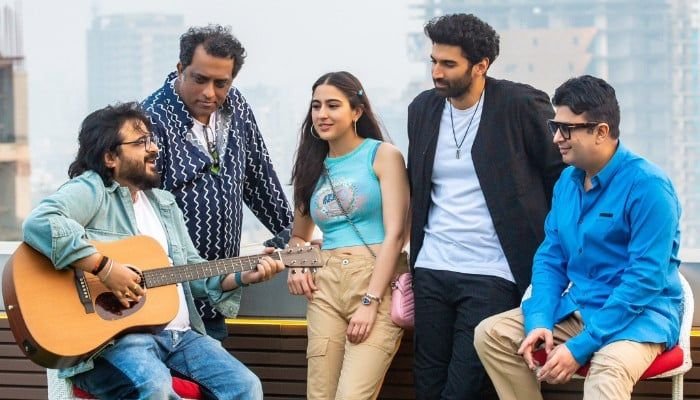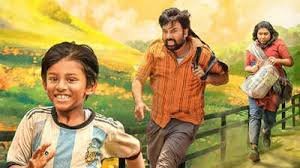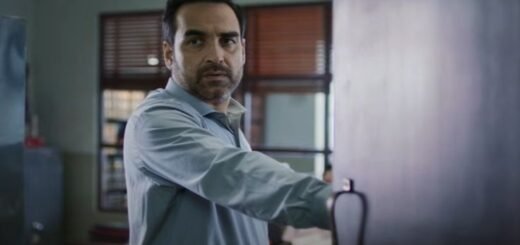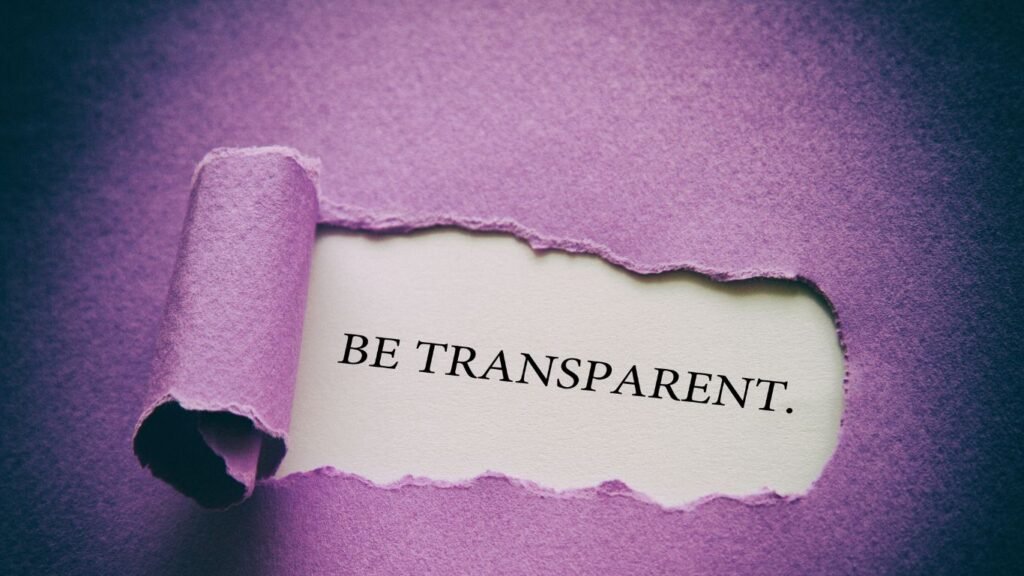Metro… In Dino Review: What You Need to Know

Anurag Basu returns with a heartfelt romantic drama, Metro… In Dino, a spiritual sequel to his 2007 hit Life in a… Metro. The film captures the evolving dynamics of love, heartbreak, aging, and human connection in a bustling metropolitan landscape. With an ensemble cast of experienced and emerging actors, Basu intricately weaves four stories set across India’s major cities. He doesn’t just revisit old themes—he redefines them for a generation shaped by smartphones, anxiety, ambition, and the constant hustle.
The Plot and Format
Metro… In Dino follows a hyperlink format, where four distinct love stories unfold simultaneously. Each story, while rooted in its own context, intersects subtly with the others. The cities become both characters and backdrops, highlighting the emotional isolation people often face amid urban chaos.
In one story, Aditya Roy Kapur plays Parth, a guarded and introspective man who meets Sara Ali Khan’s Chumki during a chance encounter. Their story portrays modern dating’s uncertainty, where emotions often play second fiddle to fear and trauma. Instead of romanticizing love at first sight, Basu explores how emotional baggage and hesitation can build an unpredictable but genuine bond.
Ali Fazal and Fatima Sana Shaikh portray newlyweds Akash and Shruti. Their relationship hits turbulence when an unplanned pregnancy clashes with their personal ambitions. Shruti wants to pursue her dreams, while Akash—an aspiring musician—struggles to stay optimistic. This storyline confronts the friction between love and responsibility, and it doesn’t offer any easy answers.
Konkona Sen Sharma and Pankaj Tripathi deliver a mature, complex portrayal of a couple—Kajol and Monty—dealing with emotional fatigue and suppressed desires. Ironically, they reconnect through a dating app. Their story brings humor and irony into play, emphasizing the layers of human relationships and the masks people wear even within marriage.
The final narrative features Anupam Kher and Neena Gupta as Parimal and Shivani, two elderly individuals rediscovering affection later in life. Their moments brim with honesty and vulnerability, offering a refreshing perspective rarely seen in mainstream Hindi cinema. They show that love doesn’t retire with age—it simply finds new ways to express itself.
Performances That Shine
Anurag Basu extracts incredible performances from his cast. Aditya Roy Kapur adds new emotional depth to his repertoire, portraying Parth with restraint and sincerity. Sara Ali Khan, often stereotyped in earlier roles, surprises with a grounded and charming performance. Their chemistry, built not on grand gestures but hesitant vulnerability, feels authentic and relatable.
Fatima Sana Shaikh brings fierce sensitivity to Shruti, while Ali Fazal’s Akash captures the frustration of a dreamer tied down by reality. Their on-screen tension feels palpable, making their arc one of the most moving in the film.
Konkona Sen Sharma and Pankaj Tripathi steal the show. They carry immense emotional weight in their scenes, making viewers laugh, sigh, and empathize. Their ability to transition from awkward silences to moments of intense honesty gives their story immense strength.
Neena Gupta and Anupam Kher deliver heartwarming performances. They don’t just play elderly characters—they embody the idea that love and companionship evolve but never lose their importance. Their portrayal avoids clichés and treats their connection with warmth and dignity.
Direction and Writing
Anurag Basu doesn’t simply direct—he orchestrates. He treats each storyline like a different musical movement, giving it space to breathe while tying it seamlessly into the larger narrative. He captures cityscapes beautifully, using Mumbai rains, Delhi’s crowd, Kolkata’s calm, and Bangalore’s chaos to reflect internal conflicts.
Basu’s writing deserves immense praise. He doesn’t fall into melodrama or excessive exposition. He allows his characters to speak through actions, glances, music, and unspoken pain. Dialogues feel natural, sprinkled with humor, self-deprecation, and occasional philosophical musings. Each character feels layered—not heroes or villains, just flawed humans trying to love and survive.
The film doesn’t try to offer solutions. It doesn’t preach about love, marriage, or companionship. Instead, it allows the audience to sit beside its characters and observe them stumble, hesitate, and grow. That subtlety makes Metro… In Dino far more intimate and impactful than most romance films.
The Music: A Soulful Companion
Pritam returns as the music director and continues his legacy of crafting emotionally resonant soundtracks. The music doesn’t merely accompany the scenes—it speaks through them. Every track, from the bittersweet title song to the upbeat numbers capturing city life, echoes the characters’ inner struggles.
Aditya Roy Kapur makes his singing debut with the track Zamaana Lage. His voice, raw and slightly untrained, fits perfectly with the emotional tone of the song. The music balances nostalgia and freshness, invoking memories of Life in a… Metro while building something entirely new.
Pritam pays tribute to the late singer KK, whose iconic voice became synonymous with the original film. The absence of KK creates an emotional void that the soundtrack acknowledges without trying to fill artificially. The songs tug at the heart, not because they aim to go viral, but because they speak to moments of pain, realization, and connection.
Themes That Resonate
The film tackles a wide spectrum of relationship dynamics—young love filled with doubt, newlyweds battling unplanned turns, couples rediscovering each other mid-marriage, and senior citizens embracing connection after years of solitude.
Basu highlights how cities often become metaphors for relationships. They move fast, overwhelm, promise opportunity, and sometimes isolate. But within the chaos, moments of tenderness, clarity, and reconnection bloom.
He explores themes of emotional detachment, generational perspectives on love, communication breakdowns, and the loneliness that often accompanies urban living. These themes never feel forced. They emerge organically through the characters’ lived experiences.
Visuals and Cinematography
The cinematography enhances the mood of each story. Cinematographer Ravi Varman captures rainy nights, crowded trains, empty apartments, and street corners with sensitivity. Light and shadow play an important role, especially during scenes of confrontation and reflection.
Each city gets its distinct palette. Mumbai appears wet and restless, Delhi loud and cluttered, Kolkata nostalgic and serene, and Bangalore clean and emotionally sterile. The visuals don’t just support the story—they elevate it.
Box Office and Audience Response
Metro… In Dino released theatrically on July 4, 2025. Early box office reports indicate a moderate opening, with urban centers showing strong initial interest. Critics praised the performances, emotional depth, and narrative structure. Word-of-mouth already fuels growing footfalls.
Audience reactions on social media platforms reflect genuine appreciation. Viewers laud the film for making them feel seen—especially those who live in cities, juggle careers, and quietly carry emotional scars. Many resonate with its portrayal of modern relationships that resist definition.
Final Verdict
Metro… In Dino doesn’t aim for spectacle. It doesn’t chase formulaic highs or melodramatic tropes. Instead, it whispers truths about how love adapts, falters, and returns in unexpected forms.
Anurag Basu crafts a deeply human, musically rich, and visually moving film. He doesn’t force closure. He lets ambiguity linger, just like real life.
Watch this film if you seek soulful storytelling, honest performances, and emotional music. It doesn’t promise a fairy tale—it offers something better: a mirror to the silent, beautiful mess that love often becomes in the modern world.













